Home>Articles>How To Stop Water From Coming Through Concrete Floor
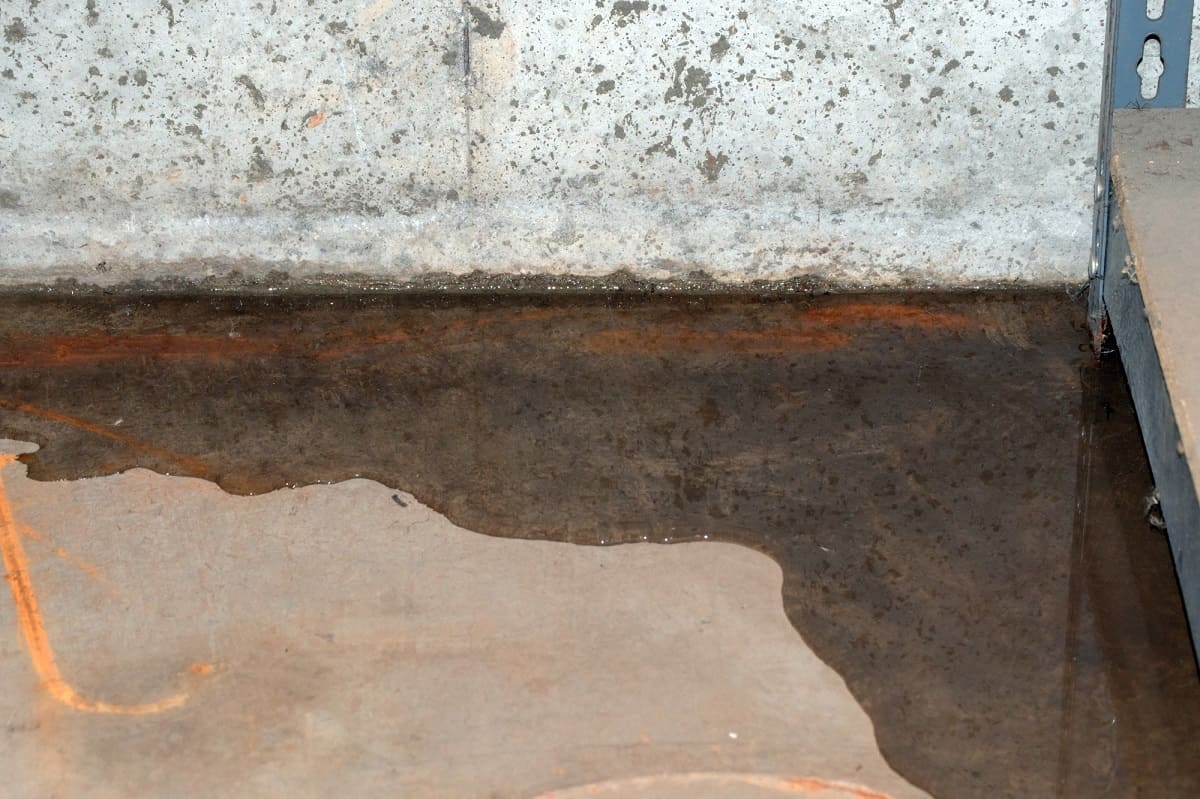

Articles
How To Stop Water From Coming Through Concrete Floor
Modified: May 6, 2024
Learn effective techniques and solutions in our informative articles to prevent water seepage through concrete floors and keep your space dry and protected.
(Many of the links in this article redirect to a specific reviewed product. Your purchase of these products through affiliate links helps to generate commission for Storables.com, at no extra cost. Learn more)
Introduction
Water leakage through concrete floors can be a frustrating and damaging problem. Whether it’s a basement, garage, or any other concrete structure, water infiltration can lead to structural issues, mold growth, and damage to personal belongings. Understanding the causes of water coming through concrete floors and implementing effective solutions is essential for preventing further damage and maintaining a dry and secure environment.
There are several common causes of water leaking through concrete floors. One of the main culprits is hydrostatic pressure, which occurs when the water table rises and exerts pressure on the concrete structure. This pressure forces water through the tiny cracks and pores in the concrete, leading to leakage. Poor waterproofing during the construction process, faulty plumbing systems, and inadequate drainage systems can also contribute to water infiltration.
Assessing the severity of water leakage is an important step in determining the appropriate course of action. The extent of the damage, the frequency of water intrusion, and the source of the leakage should be thoroughly evaluated. This evaluation will guide you in selecting the most effective waterproofing techniques and repair methods to prevent water from penetrating your concrete floors.
Preparing the concrete floor before applying any waterproofing measures is crucial. Ensure that the surface is clean, dry, and free from debris. Remove any loose or flaking concrete and repair any visible cracks or gaps. It’s also essential to identify and address any underlying issues, such as plumbing leaks or poor drainage, to prevent further water damage in the future.
One effective method for stopping water from coming through concrete floors is by applying various waterproofing techniques. These techniques can include the use of waterproof membranes, coatings, or sealants. Waterproof membranes act as a barrier to prevent water from seeping through the concrete. They are available in various forms, such as liquid coatings or sheet membranes, and can be applied to the prepared concrete surface using a brush or roller.
Sealants and epoxies are another popular choice for waterproofing concrete floors. They work by filling in the gaps, cracks, and pores in the concrete, creating a watertight seal. Before applying sealants or epoxies, it’s important to ensure that the surface is properly cleaned and prepped. This will help to maximize the effectiveness and longevity of the sealant.
Key Takeaways:
- Proper preparation, including cleaning, repairing cracks, and addressing underlying issues, is crucial for effective waterproofing of concrete floors. Applying waterproofing techniques and installing drainage systems can prevent water infiltration and maintain a dry environment.
- Regular maintenance, such as cleaning, monitoring drainage, and addressing plumbing issues, is essential for preventing water leakage through concrete floors. Consulting professionals and taking proactive measures can protect the structural integrity of the concrete and avoid costly water damage.
Common Causes of Water Coming Through Concrete Floors
Water leakage through concrete floors can be caused by various factors. Understanding the common causes can help you identify the problem and implement the appropriate solutions. Here are some of the main reasons why water may be coming through your concrete floors:
- Hydrostatic Pressure: One of the primary causes of water infiltration is hydrostatic pressure. This occurs when the water table rises, exerting pressure on the concrete floor. Over time, this pressure can force water through even the smallest cracks and pores in the concrete, leading to leakage.
- Poor Waterproofing: If the concrete was not properly waterproofed during the construction process, it can be prone to water leakage. Without a protective barrier, water can easily seep through the concrete and enter the living or storage spaces above. Waterproofing is essential to prevent future water damage.
- Faulty Plumbing Systems: Plumbing leaks can cause water to seep through the concrete floor. This can happen if there are broken or leaking pipes under the concrete slab. Continuous water flow can weaken the concrete and create pathways for water to enter the space above.
- Inadequate Drainage Systems: If your property lacks proper drainage systems or if the existing ones are malfunctioning, water can accumulate around the foundation and exert pressure on the concrete floor. This can result in water infiltration through cracks and gaps in the concrete.
- Cracks and Gaps in the Concrete: Over time, concrete can develop cracks due to various factors such as settling, temperature changes, or improper construction. Even small cracks can allow water to seep through. Additionally, gaps left unfilled during the construction process can provide a pathway for water intrusion.
Identifying the specific cause of water coming through your concrete floor is crucial in implementing the right solutions. Consulting with professionals or conducting a thorough inspection can help determine the underlying issue and guide you in taking appropriate actions.
Assessing the Severity of Water Leakage
When dealing with water leakage through concrete floors, it’s important to assess the severity of the issue before implementing any solutions. Understanding the extent of the water infiltration and its potential consequences will help you determine the appropriate course of action. Here are some key steps to assess the severity of water leakage:
- Observe and document the signs: Take note of any visible signs of water damage, such as dampness, mold growth, discoloration, or water stains on the concrete floor. Additionally, check for any musty odors or a noticeable increase in humidity in the affected area.
- Determine the frequency and duration of water intrusion: Pay attention to when and how often water enters the space. Is it a recurring issue or an isolated incident? Does water seep in during heavy rainfall or consistently over time? Monitoring the frequency and duration of water leakage will help determine the urgency of the situation.
- Identify the source of water leakage: Try to ascertain the source of the water infiltration. Is it coming from the ground, indicating hydrostatic pressure or poor drainage? Or is it the result of a plumbing issue? Understanding the source will assist in implementing targeted solutions.
- Inspect the extent of damage: Assess the level of damage caused by water intrusion. Is it limited to the surface or has it affected the underlying structure? Look for any cracks, deterioration, or weakening of the concrete floor. This evaluation will help determine the necessary repair and waterproofing measures.
- Consult with professionals: If the severity of water leakage is significant or if you are unsure of how to proceed, it is advisable to seek the expertise of professionals. They can conduct a thorough assessment, provide accurate recommendations, and assist in implementing effective solutions.
By assessing the severity of water leakage, you can take appropriate measures to prevent further damage and ensure the long-term integrity of your concrete floor. Remember, prompt action is essential to mitigate the risks associated with water infiltration and maintain a dry and secure living or storage space.
Preparing the Concrete Floor
Before applying any waterproofing measures, it’s crucial to properly prepare the concrete floor. This preparation process ensures that the surface is clean, dry, and free from any debris or contaminants. Here are the key steps involved in preparing the concrete floor:
- Clean the surface: Start by thoroughly cleaning the concrete floor. Remove any loose dirt, dust, or debris using a broom and dustpan. For stubborn stains, use a mild detergent mixed with water and scrub the affected areas with a brush. Rinse off the cleaning solution with clean water and allow the surface to dry completely.
- Repair cracks and gaps: Inspect the concrete floor for any visible cracks or gaps. These can provide pathways for water infiltration if left untreated. Use a concrete crack filler or patching compound to repair any cracks or gaps. Ensure you follow the manufacturer’s instructions and allow the repair material to dry completely before moving on to the next step.
- Identify and address underlying issues: While preparing the concrete floor, it’s essential to identify and address any underlying issues that may contribute to water leakage. Check for any plumbing leaks or faulty drainage systems that could be causing water to seep through the concrete. Fixing these issues will help prevent future water damage.
- Level the surface: If the concrete floor has an uneven or sloping surface, it’s important to level it before applying any waterproofing treatments. Use a self-leveling compound to create a smooth and even surface. Follow the manufacturer’s instructions for mixing and applying the compound, and allow it to cure according to the recommended drying time.
- Test for moisture: It’s crucial to check the moisture content of the concrete floor before proceeding with waterproofing. Excessive moisture can compromise the effectiveness of the waterproofing measures. Conduct a moisture test using a moisture meter or by performing a plastic sheet test. If the moisture level is too high, consult a professional for further guidance.
Properly preparing the concrete floor lays the foundation for effective waterproofing and prevents future water leakage. By ensuring that the surface is clean, dry, and free from any defects, you can maximize the effectiveness and longevity of the waterproofing treatments applied to the concrete floor.
Applying Waterproofing Techniques
Once the concrete floor is properly prepared, it’s time to apply waterproofing techniques to prevent water from coming through. There are various methods available to effectively waterproof concrete floors, depending on the specific needs and conditions. Here are some commonly used waterproofing techniques:
- Waterproof Membranes: Waterproof membranes are a popular choice for preventing water leakage in concrete floors. These membranes create a protective barrier that prevents water from seeping through the concrete. They are available in different forms, such as liquid coatings or sheet membranes. When applying a liquid coating, use a brush or roller to evenly distribute the product on the concrete surface. For sheet membranes, follow the manufacturer’s instructions for proper installation.
- Crystalline Waterproofing: Crystalline waterproofing is a chemical treatment that reacts with the concrete to form insoluble crystals. These crystals fill the pores in the concrete, effectively blocking water from penetrating. Crystalline waterproofing products are typically applied as a slurry to the concrete surface. The chemicals penetrate the concrete and react to create the waterproof barrier. Allow the product to cure according to the manufacturer’s instructions before exposing the concrete to water.
- Elastomeric Coatings: Elastomeric coatings are flexible, rubber-like coatings that provide excellent waterproofing properties. They can be applied to the concrete floor using a brush, roller, or sprayer. Elastomeric coatings are highly durable and can bridge small cracks and gaps in the concrete, preventing water infiltration. Ensure that the surface is properly prepared and cleaned before applying the elastomeric coating for optimal adhesion and effectiveness.
- Hydrophobic Sealers: Hydrophobic sealers are water-repellent coatings that create a barrier on the concrete surface. These sealers work by penetrating the pores of the concrete and repelling water. Hydrophobic sealers can be applied using a brush or sprayer. Apply multiple coats for enhanced protection. Keep in mind that these sealers do not fill cracks or gaps, so it’s essential to address any existing defects in the concrete before applying the sealer.
When applying waterproofing techniques, always follow the manufacturer’s instructions for the specific product being used. Proper application techniques and appropriate curing times are essential for achieving optimum results. Additionally, ensure that the concrete surface is completely dry and free from any moisture before applying the waterproofing treatments.
Remember, different waterproofing techniques have different strengths and limitations. It’s important to choose the method that best suits your specific situation and consult with professionals if needed. By effectively waterproofing your concrete floor, you can prevent water leakage and maintain a dry, durable, and long-lasting surface.
To stop water from coming through a concrete floor, consider applying a waterproofing sealant or membrane to the surface. This will help prevent water infiltration and protect the concrete from damage.
Using Sealants and Epoxies
Sealants and epoxies are highly effective in stopping water from coming through concrete floors. These products work by filling in the gaps, cracks, and pores in the concrete, creating a watertight seal. Here’s how you can use sealants and epoxies to prevent water leakage:
- Clean and prepare the surface: Before applying any sealants or epoxies, make sure the concrete floor is clean and free from debris. Remove any loose material, dust, or dirt by sweeping or vacuuming. Use a mild detergent and water solution to clean any stubborn stains. Allow the surface to dry completely before proceeding.
- Select the appropriate sealant or epoxy: There are various types of sealants and epoxies available, each with its own characteristics and applications. Consider factors such as the extent of the cracks, the level of flexibility required, and compatibility with the concrete substrate. Read the manufacturer’s instructions and choose the product that best suits your needs.
- Apply the sealant or epoxy: Follow the manufacturer’s instructions for the application of the sealant or epoxy. Use a caulk gun or a trowel to carefully apply the product into the cracks, gaps, or pores in the concrete. Ensure that the sealant or epoxy completely fills the voids and creates a smooth, even surface. It’s important to work in small sections to maintain control and accuracy.
- Smooth the surface: After applying the sealant or epoxy, use a putty knife or a trowel to smooth the surface and create an even finish. This will help blend the sealant or epoxy with the surrounding concrete and ensure a more uniform appearance. Smooth any excess product and wipe away any residue from the surface.
- Cure and dry: Allow the sealant or epoxy to cure and dry according to the manufacturer’s instructions. This typically involves a specific drying time or curing period. Avoid walking or placing any heavy objects on the treated surface until it is fully cured to ensure the best results.
Sealants and epoxies are effective for small cracks and gaps in concrete floors. However, it’s important to note that they may not be suitable for larger cracks or significant structural issues. In such cases, consulting with a professional contractor is recommended to assess the extent of the damage and determine the appropriate repair methods.
Regular maintenance is also important to ensure the longevity and effectiveness of sealants and epoxies. Inspect the treated areas periodically and reapply the sealant or epoxy as needed to maintain a watertight seal. Additionally, properly clean and protect the concrete floor to minimize potential damage and extend its lifespan.
Using sealants and epoxies is an effective and convenient solution for preventing water leakage through concrete floors. By properly applying these products, you can create a durable and waterproof barrier, ensuring a dry and secure environment.
Installing a Drainage System
Installing a proper drainage system is essential for effectively managing water and preventing it from coming through concrete floors. A well-designed drainage system helps divert water away from the concrete, reducing the chances of water infiltration. Here are the steps to install a drainage system:
- Assess the drainage needs: Evaluate the specific drainage needs of your property. Consider factors such as the slope of the land, the proximity to water sources, and the amount of rainfall in your area. This assessment will help determine the type and size of drainage system required.
- Determine the location: Identify the areas where water tends to accumulate or where you notice water seepage through the concrete floor. These are the primary locations where you should install the drainage system. Consider creating a channel or trench along the perimeter of the affected area.
- Excavate the trenches: Use a shovel or an excavator to dig trenches along the determined locations. Ensure that the trenches are deep enough to accommodate the drainage system components, such as pipes and drainage tiles. The depth will vary depending on the specific requirements and the slope of the land.
- Install the drainage pipes: Lay perforated drainage pipes in the trenches. These pipes are designed to collect and divert water away from the concrete floor. Connect the pipes using appropriate connectors or couplings, ensuring a secure and watertight connection.
- Add gravel or drainage aggregates: Fill the trenches around the drainage pipes with gravel or drainage aggregates. This will help to filter the water and provide a stable base for the system. Compact the gravel or aggregates to ensure proper drainage and prevent shifting.
- Cover and protect the drainage system: Place a permeable geotextile fabric or landscape fabric over the gravel or aggregates to prevent soil and debris from clogging the drainage system. This will help to maintain its effectiveness and reduce the need for frequent maintenance.
- Redirect water away from the property: Ensure that the drainage system is connected to a proper outlet, such as a stormwater drain or a designated area for excess water. It’s important to direct the water away from the property and prevent it from pooling near the concrete floor.
Installing a drainage system requires careful planning and consideration of the specific needs of your property. While smaller drainage systems can be installed by homeowners, it’s advisable to consult with professionals for larger or more complex projects. They can provide expert advice, ensure proper installation, and help you achieve the best results.
Regular maintenance is crucial for the long-term performance of the drainage system. Inspect the system periodically, check for any clogs or blockages, and clear them as needed. Additionally, keep the area surrounding the drainage system free from debris to prevent any interference with the water flow.
By installing a proper drainage system, you can effectively manage water and significantly reduce the chances of water infiltration through the concrete floor. This will help maintain a dry and stable environment and protect against potential water damage.
Repairing Cracks and Gaps in the Concrete
Cracks and gaps in the concrete can provide a direct pathway for water to come through. Repairing these defects is crucial to prevent water infiltration and maintain the structural integrity of the concrete floor. Here are the steps to effectively repair cracks and gaps in the concrete:
- Clean the area: Start by cleaning the cracked or gapped area of the concrete. Remove any loose material, dust, or debris using a wire brush or a pressure washer. Ensure that the surface is clean and free from any contaminants that could interfere with the repair process.
- Choose the appropriate repair material: Select a suitable repair material based on the size and nature of the cracks or gaps. For small cracks, a liquid concrete crack filler or a patching compound can be used. For larger cracks or gaps, a concrete repair mortar or an epoxy-based filler may be more appropriate.
- Prepare the repair material: Follow the manufacturer’s instructions to properly prepare the repair material. This may involve mixing the components, adding water or other additives, and achieving the desired consistency. It’s important to follow the instructions accurately to ensure the best results.
- Apply the repair material: Use a trowel or a putty knife to apply the repair material to the cracks or gaps. Ensure that the material completely fills the voids and makes contact with the surrounding concrete. Smooth the surface of the repair material to create a uniform finish and match the surrounding floor texture.
- Allow for proper curing and drying: Once the repair material is applied, allow it to cure and dry according to the manufacturer’s instructions. This may involve a specific curing time or the use of curing compounds. Avoid subjecting the repaired area to heavy traffic or moisture until the repair material has fully cured.
- Inspect and reapply if necessary: After the repair material has dried, inspect the repaired area for any imperfections or incomplete filling. If needed, apply an additional layer of the repair material to ensure a strong and watertight seal. It’s important to address any remaining cracks or gaps to prevent water from seeping through.
Regular maintenance is crucial to prolong the life of the repaired areas. Monitor the concrete floor regularly, especially in areas prone to cracks or gaps, and address any new or expanding defects promptly. By addressing cracks and gaps in the concrete, you can prevent water leakage, maintain the structural integrity, and prolong the lifespan of your concrete floor.
If you encounter extensive or complex damage to the concrete floor, or if you are unsure about how to proceed with repairs, it’s recommended to consult with a professional contractor. They can assess the condition of the concrete, provide expert advice on repair techniques, and ensure proper restoration of the floor.
Maintenance Tips to Prevent Water Leakage
Regular maintenance is essential in preventing water leakage through concrete floors. By implementing these maintenance tips, you can protect your concrete floor from water damage and ensure its long-term durability:
- Keep the concrete clean and free from debris: Regularly sweep or vacuum the concrete floor to remove any dirt, dust, or debris that can accumulate and potentially lead to water pooling or blockage of drainage systems.
- Monitor and maintain proper drainage: Inspect your drainage system regularly to ensure that it is functioning properly. Clear any debris or blockages that may obstruct the flow of water away from the concrete floor.
- Address plumbing issues promptly: If you notice any signs of plumbing leaks, such as dampness or water stains on or near the concrete floor, address them immediately. Fixing plumbing issues promptly can prevent water from seeping through the concrete and causing further damage.
- Reseal and reapply waterproofing as needed: Over time, the effectiveness of sealants, epoxies, and waterproofing coatings can diminish. Periodically check the condition of these treatments and reapply or reseal as necessary to maintain a watertight barrier on the concrete surface.
- Monitor and address cracks and gaps: Regularly inspect the concrete floor for any cracks or gaps and address them promptly. Use an appropriate crack filler or repair material to ensure that these openings do not become pathways for water to seep through the concrete.
- Protect the concrete from excessive moisture: Take steps to prevent excessive moisture from accumulating around the concrete floor. Use mats or waterproof barriers in areas prone to water accumulation, and ensure that any leaks or spills are cleaned up promptly.
- Maintain proper grading and landscaping: Ensure that the ground around the concrete floor is properly graded to encourage water to flow away from the structure. Additionally, maintain a healthy distance between the concrete and any landscaping features to prevent water infiltration.
- Inspect and maintain the gutters and downspouts: Regularly clean and maintain your gutters and downspouts to ensure proper water flow away from the concrete floor. Clogged or damaged gutters can lead to water overflow and potentially cause water infiltration.
- Consider professional inspections: It’s recommended to schedule periodic professional inspections to assess the condition of your concrete floor and identify any potential issues or areas of concern. Experts can provide valuable insights and recommend appropriate maintenance or repair measures.
By following these maintenance tips, you can minimize the risk of water leakage through your concrete floor and maintain a dry and durable surface. Prevention and timely intervention are key to preserving the integrity of the concrete and preventing costly water damage in the long run.
Remember, if you encounter significant water leakage or structural damage to your concrete floor, it’s important to seek the expertise of a professional contractor for a thorough assessment and appropriate remediation.
Conclusion
Water leakage through concrete floors can be a troublesome and damaging issue. However, with the right knowledge and appropriate measures, it is possible to prevent water from seeping through and maintain a dry and secure environment. Understanding the common causes of water infiltration, assessing the severity of the leakage, and implementing the correct solutions are crucial steps towards protecting your concrete floor.
Preparation is key when it comes to preventing water leakage. Properly preparing the concrete floor by cleaning it thoroughly, repairing cracks and gaps, and addressing any underlying issues sets the foundation for effective waterproofing. Applying waterproofing techniques such as waterproof membranes, sealants, and epoxies creates a protective barrier against water infiltration.
In some cases, installing a drainage system may be necessary to effectively manage water around the concrete floor. By diverting water away from the structure, you can significantly reduce the risk of water intrusion. Additionally, regular maintenance is crucial to prevent water leakage. Cleaning the concrete surface, monitoring and maintaining proper drainage, addressing plumbing issues promptly, and reapplying or resealing waterproofing treatments as needed are essential to ensure the longevity and effectiveness of your concrete floor.
When tackling water leakage through concrete floors, it’s important to strike a balance between addressing the root causes and implementing targeted solutions. Consulting with professionals when needed can provide expert guidance and ensure that the right measures are taken to prevent further damage.
By understanding the causes of water leakage, assessing the severity, and implementing appropriate measures, you can protect your concrete floor, maintain its structural integrity, and enjoy the benefits of a dry and secure environment. Remember, prevention and regular maintenance are key to preserving the integrity of your concrete floor and avoiding costly water damage in the long term.
Take the necessary steps to stop water from coming through your concrete floor, and enjoy peace of mind knowing that your space is protected and secure.
Curious about the stability of your home structure or eager to keep your basement dry? Diving deeper into home maintenance, we've got articles lined up that tackle critical issues like when and why you might need foundation interventions and strategies for keeping subterranean spaces moisture-free. If you're noticing unusual signs around your home, understanding when to seek foundation repair can save you a lot of trouble down the line. Additionally, learning about effective basement waterproofing methods ensures your home remains structurally sound and comfortably dry, no matter the weather outside.
Frequently Asked Questions about How To Stop Water From Coming Through Concrete Floor
Was this page helpful?
At Storables.com, we guarantee accurate and reliable information. Our content, validated by Expert Board Contributors, is crafted following stringent Editorial Policies. We're committed to providing you with well-researched, expert-backed insights for all your informational needs.

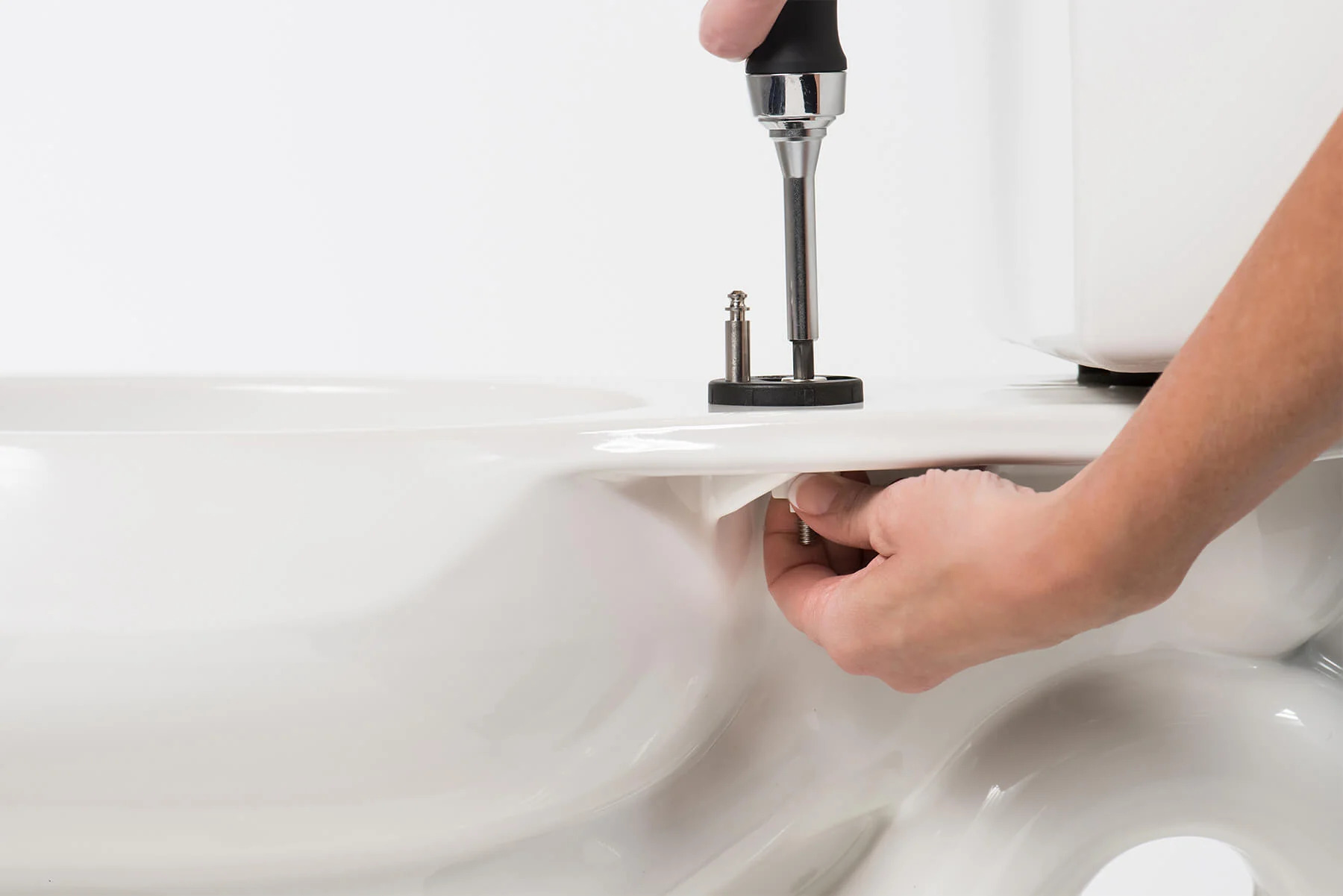
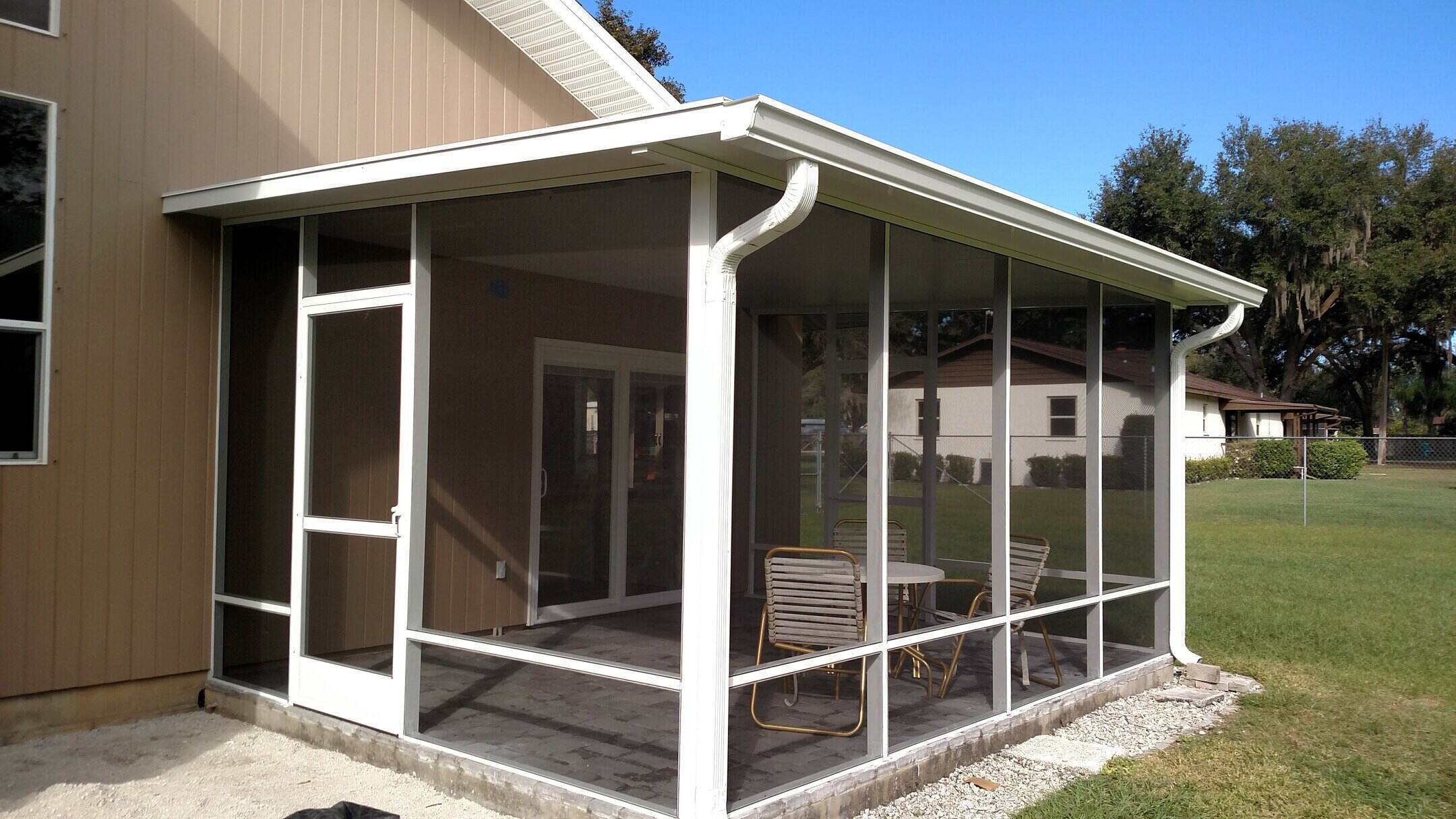
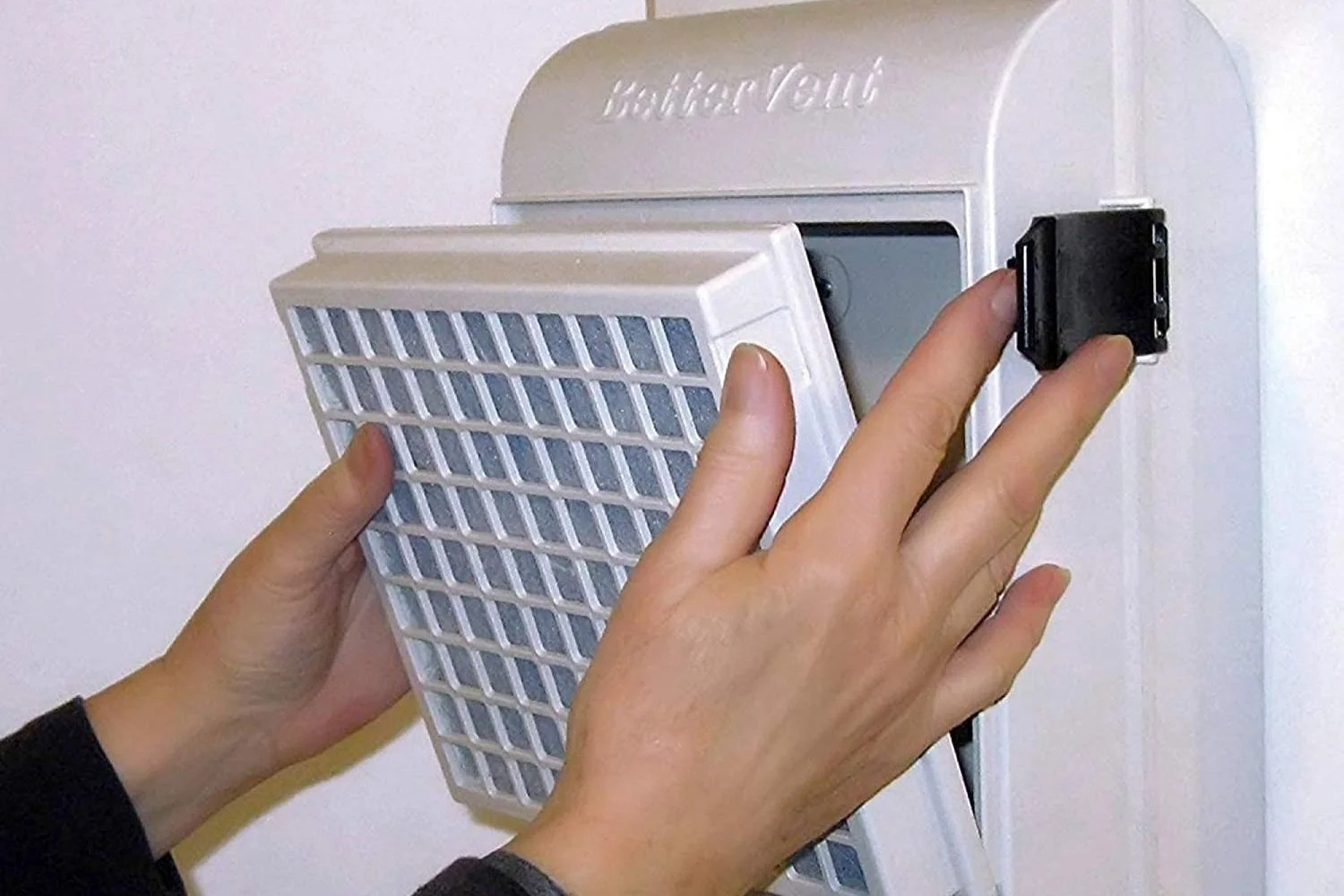
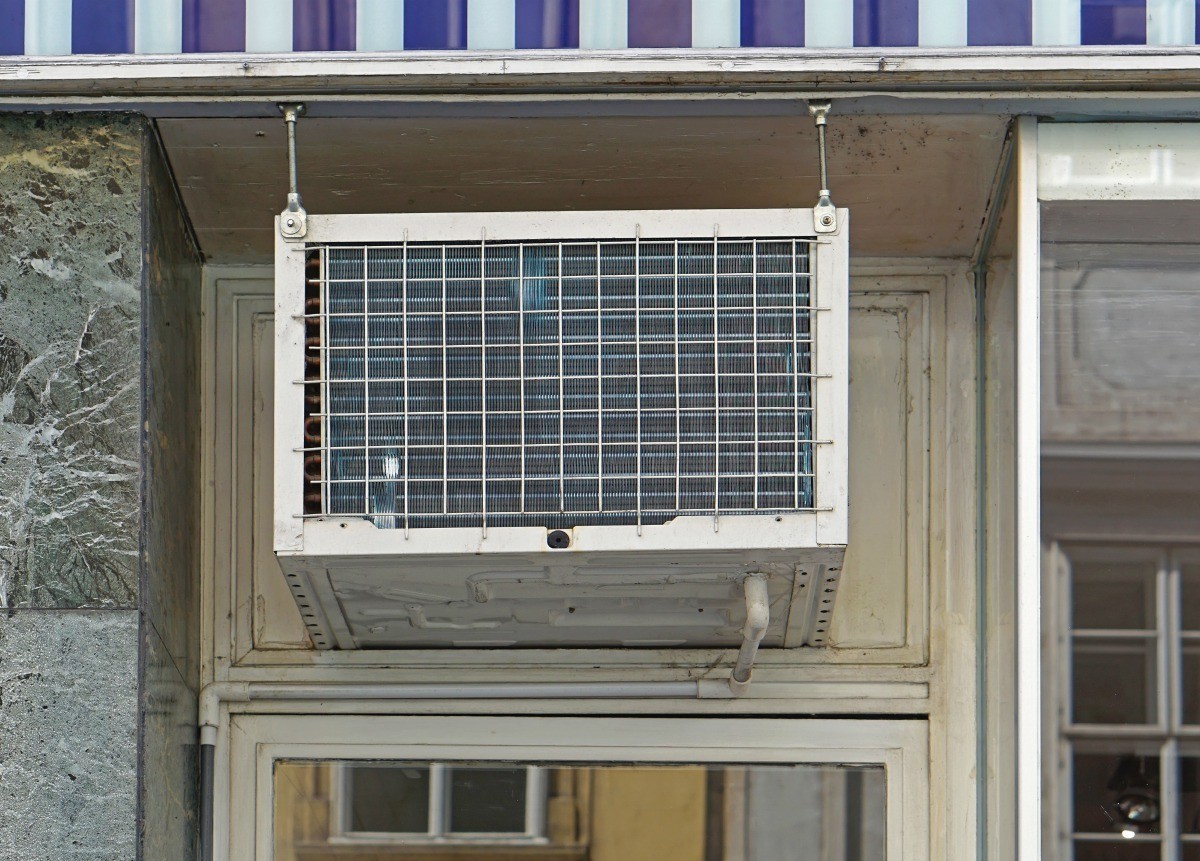
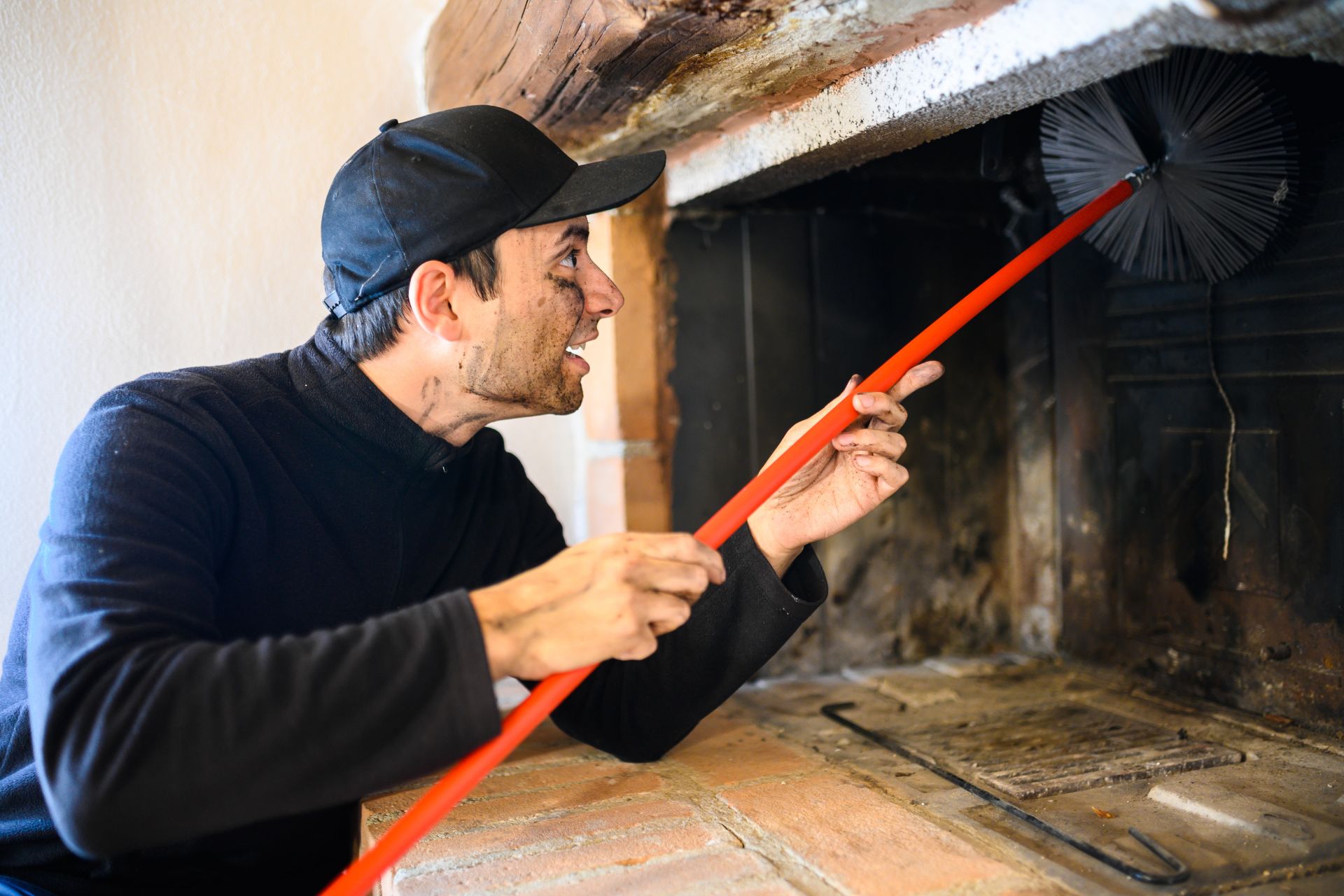
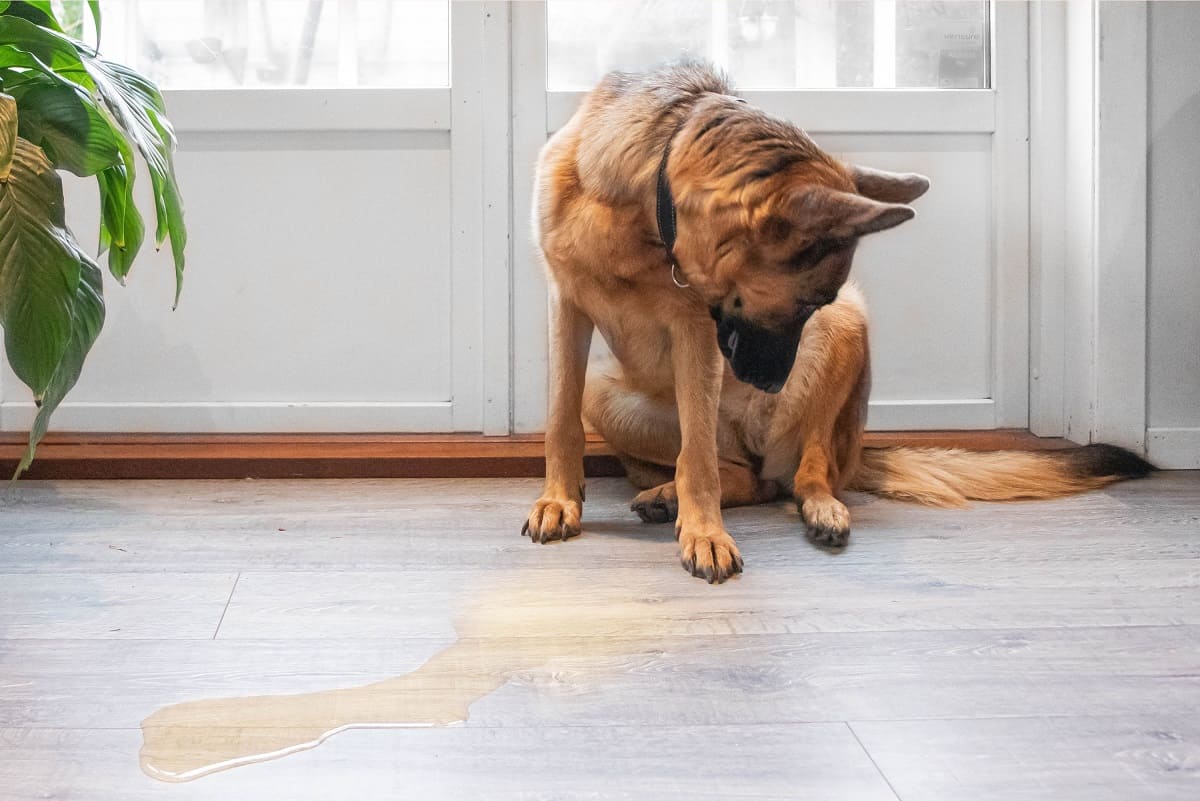
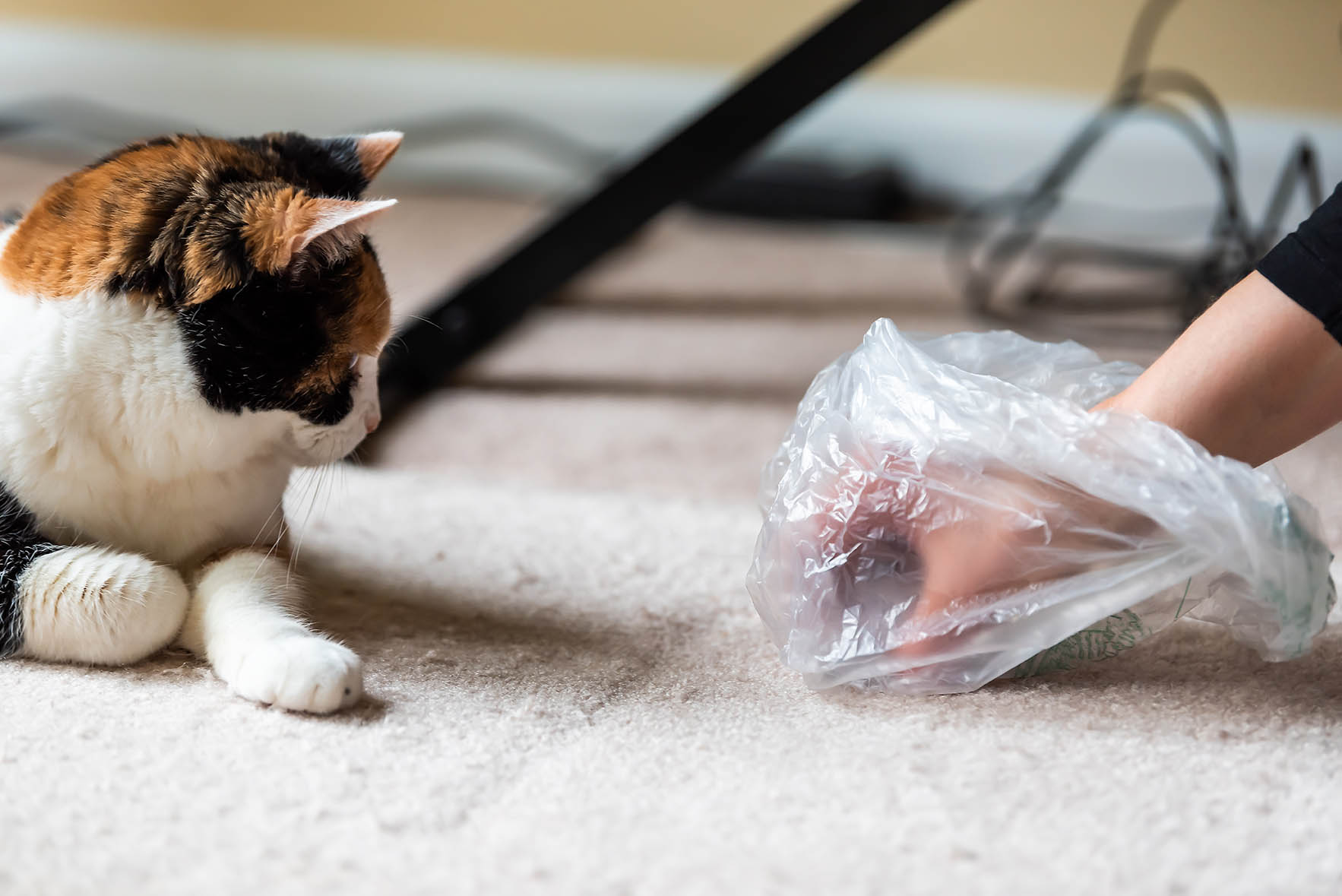

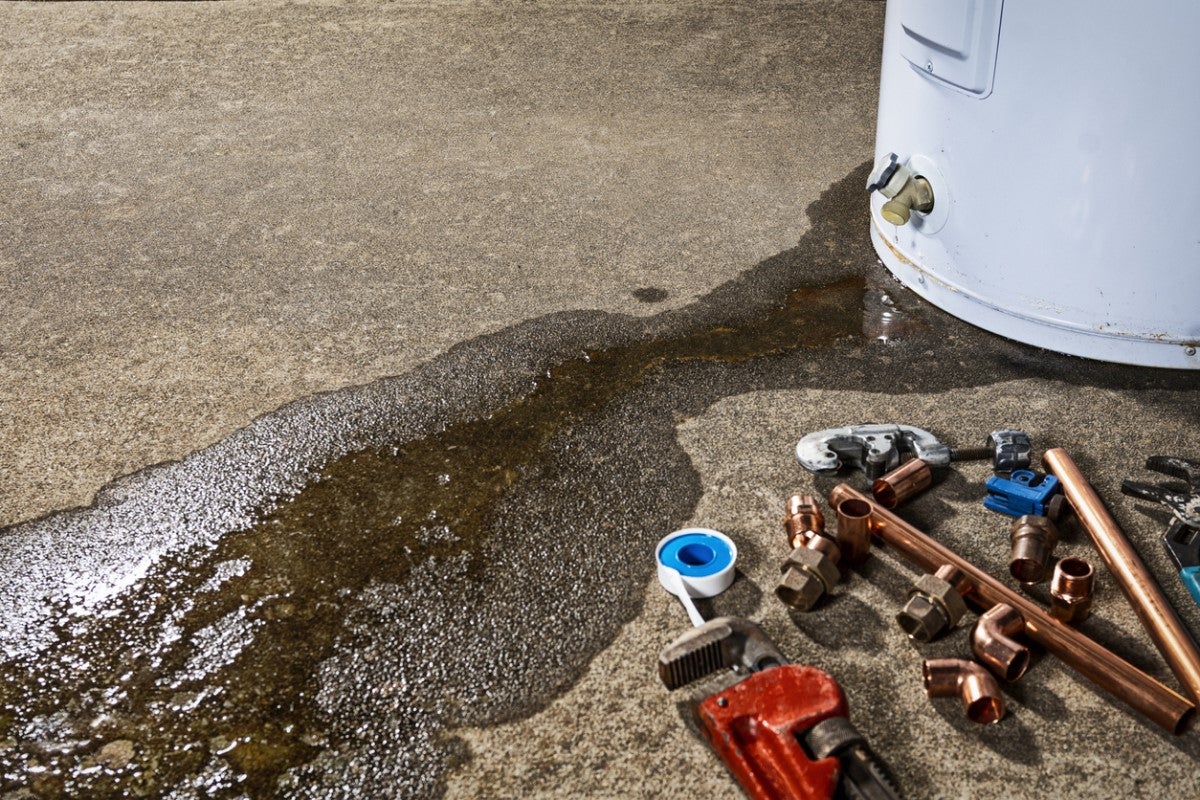
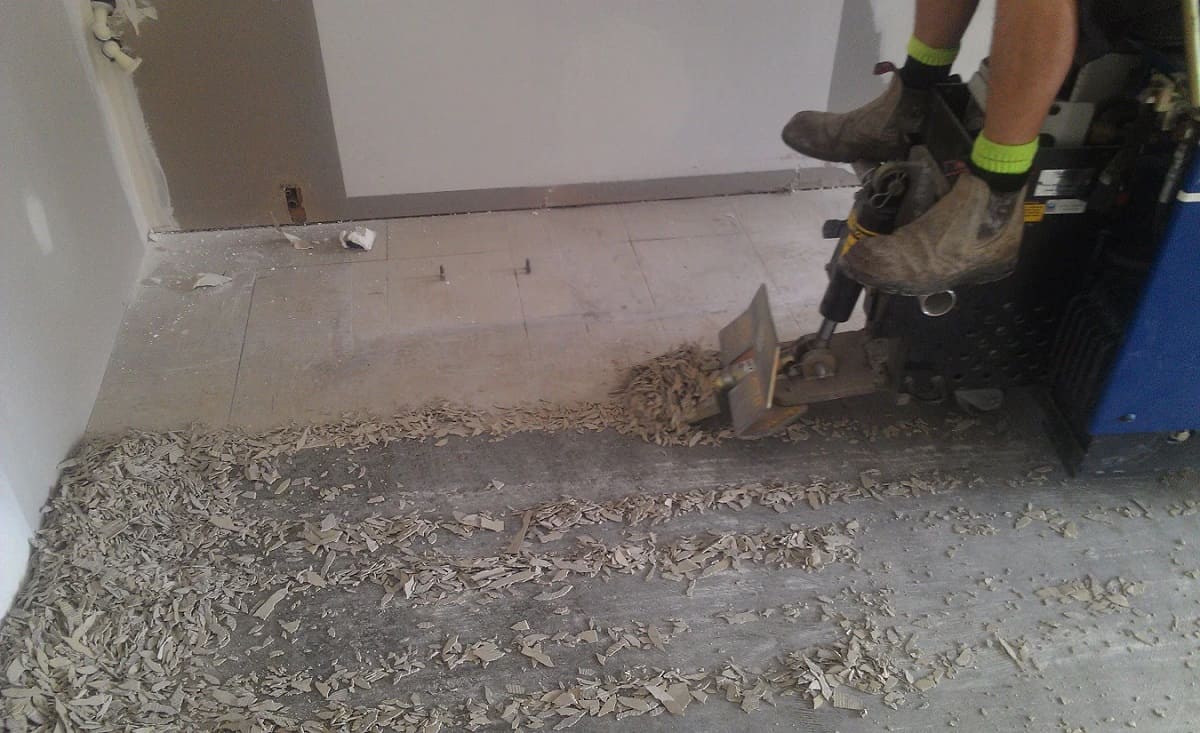
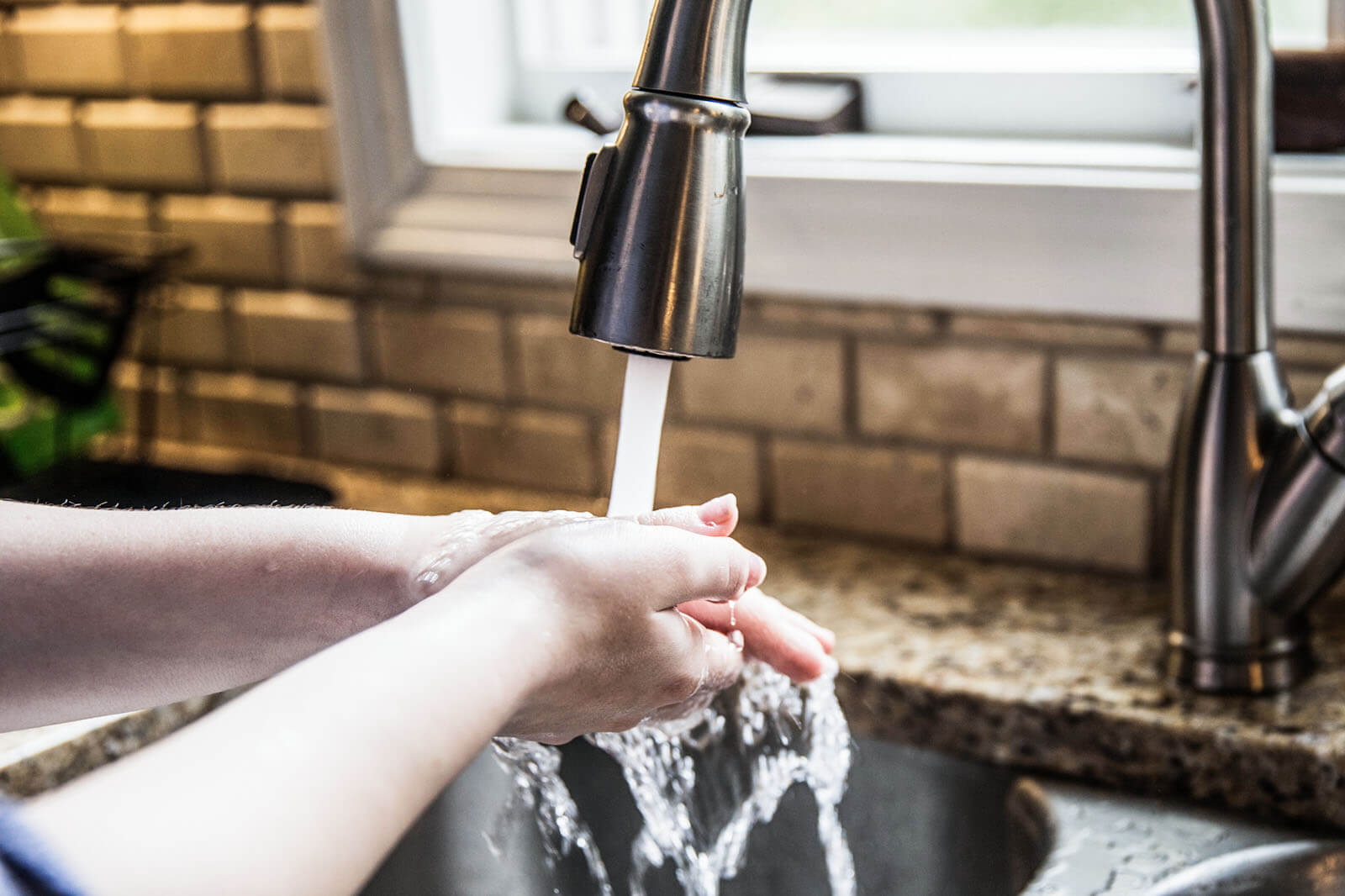


0 thoughts on “How To Stop Water From Coming Through Concrete Floor”